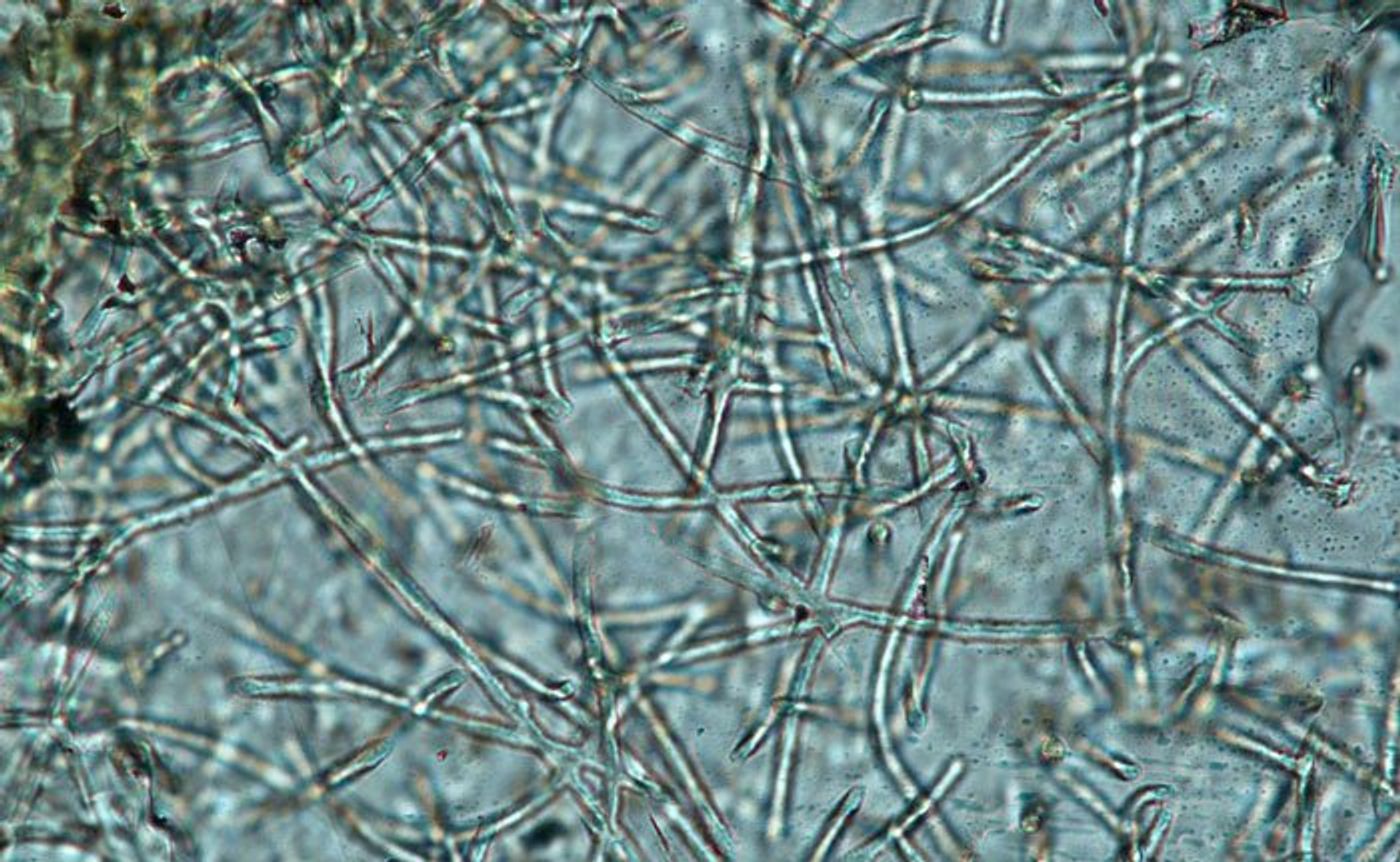What does the world's oldest fungus tell us about evolution?
A recent discovery at the bottom of the sea has scientists all in a flurry: evidence of what could possibly be the oldest fungal life on the planet, predating the previous earliest fungi by up to 2 billion years. (Previous geological evidence for fungi only extended as far back as 385 million years ago). The fossils were found in hardened lava formations 800 meters (2,625 feet) below South Africa's Northern Cape and the lava dates back 2.4 billion years. The research is published in Nature Ecology & Evolution.
Geologist Birger Rasmussen from Curtin University in Australia discovered the fossils by accident while looking at samples extracted from the Ongeluk Formation– a region made up of volcanic rock that once flowed as lava under the seafloor.
"I was looking for minerals to date the age of the rock when my attention was drawn to a series of vesicles, and when I increased the magnification of the microscope I was startled to find what appeared to be exquisitely preserved fossilized microbes," says Rasmussen.
Although the tangled filaments in the fossils are similar to other fungal fossils, more investigation will be necessary in order to say for sure if the fossils found are truly evidence of fungi. Nevertheless there are several very important implications involved in the discovery.
First, it suggests that fungi arose not on land but in the deep sea. "The [research] raises the question of whether we have been looking in the wrong place for the earliest eukaryotes and fossil fungi in particular," writes geologist Nicola McLoughlin from Rhodes University in South Africa, who wasn't involved with the study, in a commentary on the paper.
The organisms in the fossils existed before the Great Oxygenation Event which spread dioxygen into the atmosphere 2.3 billion years ago. That means they evolved in the deep without light or oxygen. The researchers hypothesize that perhaps the fungus-like organism could have survived through a symbiotic relationship with other microbes, using chemically stored energy to stay alive.
"This would have tremendous implications for the lifestyle of the early ancestors of eukaryotes and fungi," Rasmussen told AFP.
Another potential conclusion: if the fossils are not actually a fungus, the organism could be from an extinct branch of life that we’ve never seen before!
Sources: BBC Environment, Science Alert









